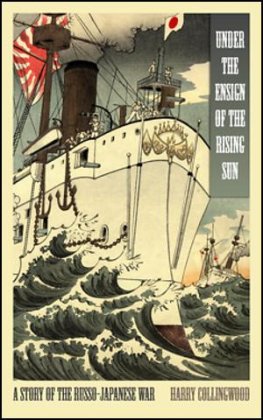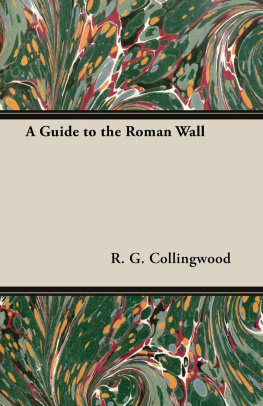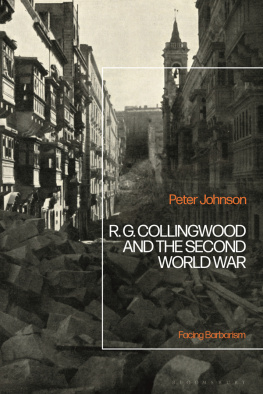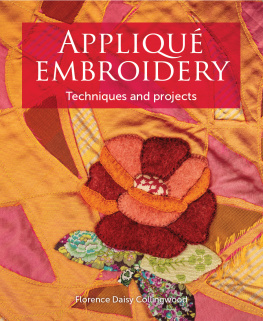Transcribers Note:
Minor errors in punctuation and formatting have been silently corrected. Please see the transcribers at the end of this text for details regarding the handling of any textual issues encountered during its preparation.
Page headers signalled changes of topic, and have been retained as paragraph descriptions (sidenotes). Where the headers persist across multiple pages, they were removed. On occasion, the headers on facing pages are interleaved during an extended discussion of a topic. Only the first of each were retained.
The position of illustrations may have been adjusted slightly. The page references to them in the Table of Contents are linked to the actual position of each. Each plate is linked to a larger image to facilitate inspection of the details.
Captions for the Plates which appear within the images have been repeated as text to facilitate searches. Where no captions were given, or the images are composites (e.g. ), the descriptions used in the Table of Contents were used.
The alphabetic footnotes in the original restarted with a and cycled through the alphabet multiple times. Several notes to tables used the typical asterisk and dagger symbols. All footnotes have been re-sequenced numerically for uniqueness.
Footnotes, some of which are quite lengthy digressions, have been moved to the end of the text and linked to facilitate navigation.
G. Bouchier Richardson, Delt. John Storey, Lith.
PONS-LII, RESTORED.
PREFACE.
The famous Roman Wall, which, in former times, protected southern Britain from the ravages of the northern tribes, exhibits, at this day, remains more entire, and forms a subject of study more interesting than is generally supposed.
Two authors of great learning have treated of this renowned structureHorsley, in the Britannia Romana, and Hodgson, in the last volume of his History of Northumberland. Both are treatises of considerable size, and both are, to a certain extent, rare. The Britannia Romana, moreover, describes the Wall, not as it is, but as it was more than a century ago. Hodgsons work is of recent date, and forms a valuable storehouse of nearly all that is known upon the subject. The mind, however, of that amiable man and zealous antiquary was, at the time of its preparation, bending under the weight of his ill-requited labours, and he has failed to present his ample materials to the reader in that condensed and well-arranged form which distinguishes his previous volumes, and without which a book on antiquities will not arrest the attention of the general reader.
The following work may be regarded as introductory to the elaborate productions of Horsley and Hodgson. The reader is not assumed to be acquainted with the technicalities of archology; and, at each advancing step the information is supplied which may render his course easy. I have not attempted, in the last part of the work, to enumerate all the altars and inscribed stones which have been found upon the line of the Wall, but have made a selection of those which are most likely to interest the general reader, and to give him a correct idea of the nature and value of these remains.
In the body of the work I have endeavoured to furnish a correct delineation of the present condition of the Wall and its outworks. All my descriptions are the result of personal observation. To secure as great accuracy as possible, I have read over many of my proof sheets on the spot which they describe.
The pictorial illustrations have been prepared with care, and will give the reader, who is not disposed to traverse the ground, a correct idea of the state of the Barrier. The wood-cuts and plates, illustrative of the antiquities found on the line, have, with the exception of a few coins introduced into the first Part of the volume, and copied from the Monumenta Historica , been prepared from original drawings, taken for this work from the objects themselves. I am not without hope that the well-read antiquary will value these delineations for their beauty and accuracy.
The inhabitants of the isthmus are proud of the Wall and its associations; and whatever may have been the case with their forefathers, will not needlessly destroy it. Most kind has been the reception I have met with in my peregrinations, and most valuable the assistance I have received from the gentry and yeomen of the line, and others interested in my labours! Gladly would I enumerate all to whom I am indebted, had it been possible. Some names, however, must be mentioned. His Grace the Duke of Northumberland has not only given me free access to all his antiquarian stores, but directed me to prepare at his expense engravings on wood of all that I thought suitable to my purpose. Would that his Grace knew how much I have been cheered in my course by his notice of my humble labours! To John Clayton, esq., I am obliged for the gift of the wood-cuts illustrative of the numerous and interesting antiquities preserved at Cilurnum , the produce of that station and Borcovicus . To Albert Way, esq., the accomplished and honorary secretary of the Archological Institute, with whom I had last year the pleasure and advantage of spending a day upon the Wall, I am indebted for the cuts representing the altar and slab discovered at Tynemouth. The suite of wood-cuts illustrative of the hoard of coins found in the ancient quarry on Barcombe-hill, have been engraved at the expense of my tried and valued friend, John Fenwick, esq., of Newcastle-upon-Tyne; and to William Kell, esq., town-clerk of Gateshead, with whom I have traversed the Wall from sea to sea, and some portions of it repeatedly, I am indebted for the beautiful representation of the ancient Pons lii fronting the title-page. My former school-fellow, William Woodman, esq., town-clerk of Morpeth, besides otherwise assisting me, has caused surveys to be made for my use of not fewer than eighty of the strongholds of the Britons still existing on the heights north of the Wall. To trace the movements of the brave people whom the Romans drove to the more inaccessible portions of the island, would have been an interesting sequel to the account of the Roman Wall, but I found the undertaking too great for me.
It is with no ordinary emotion that I write the last lines of a work to the preparation of which I have devoted the leisure of three years. The Wall and I must now part company. Gladly would I have withheld the publication of this work for the Horatian period, and have spent the interval in renewed investigations; though even then I should have felt that I had fallen short of










